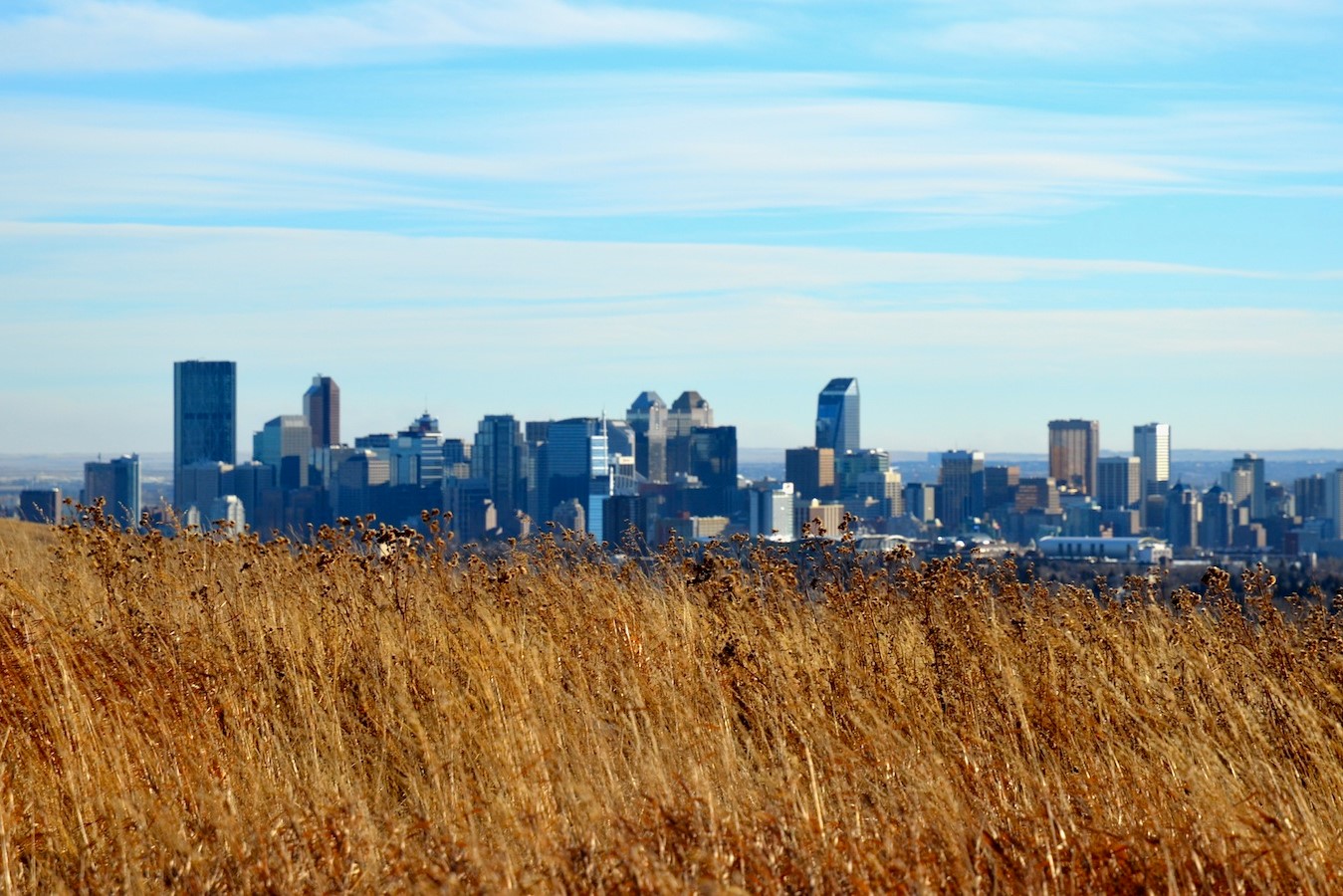Geography is at the cornerstone of what we do here at SymbioGIS.

Human Geography
Human geography focuses on how human society is shaped and how it interacts with the environment through qualitative and quantitative research. Human geography can be divided into many different fields including cultural, development, health, population geography and many more. The study of human geography can be combined with the use of GIS to provide geovisualization, and spatial analysis of a study area. The use of GIS can also be used to conceptualize research within human geography to help solidify the message and provide a visual representation of the research.

Physical Geography
Physical geography focuses on natural science and the interaction of the earth and the land features investigating the physical problems and patterns of the biosphere, atmosphere, lithosphere and hydrosphere. It can be divided into several sub categories such as geomorphology, hydrology, glaciology, biogeography and many more, all which lend a helpful and deeper understanding of the earth and make way for many useful applications within GIS. GIS can be used to provide a in-depth understanding of spatial relationships and patterns and can be utilized to show ones research as a visual, small scale within the physical geography field.